Posted by Crescent Supply on 3rd Feb 2023
Step-By-Step Guide of Police Duty Belt Setup

Your police duty belt is a significant element of your uniform. It is designed to hold and carry all the necessary tools and equipment that an officer needs to perform their duties effectively and safely. Setting up a duty belt can seem daunting at first, but with a little bit of knowledge and practice, it becomes a simple task. In this article, we will go over the steps and considerations for police duty belt setup.
POLICE DUTY BELT SETUP
Police duty belts are ones that law enforcement officers wear and are designed as tactical gear belts to carry the equipment and weapons required for their work. The belt is constructed of a tough material like nylon or an inner leather belt, which is worn at the waist. Weapons and equipment are attached to the belt with pouches, holsters, and holders. A typical setup for a duty belt includes the following:
Handgun:
The main item to be worn on the belt. The handgun is usually stored in a holster which is worn around the hip. Holsters can be constructed of Kydex, nylon, or leather and are able to be placed in various positions such as on the hip or thigh, according to the preferences of the police officer.
Extra magazines:
The spare magazines for handguns are stored in pouches that can be worn on the belt.
Flashlights:
A flashlight is an indispensable tool for police officers who work in dark conditions. It can be carried on holders of belts.
Baton:
A baton that can be collapsed is a standard weapon for police officers to utilize to control crowds or self-defense situations. It is carried in an accessory belt.
Pepper Spray:
A tiny bottle that contains pepper spray is worn in the belt to aid self-defense.
Handcuffs:
The handcuffs are a pair of handcuffs is worn on the belt to restrain suspects.
Radio:
A portable radio is used to communicate with dispatchers and other many officers. The radio is usually attached to the belt.
Other items that could be included in the belt include the taser, an initial help kit, multi-tool cameras, or notebooks.
The exact items and the order they are placed on the belt may differ in accordance with the department's rules and the individual officer's preferences. Certain officers might also wear ballistic vests or body armor on top of their duty belts.
GUIDE TO CHOOSE EQUIPMENT
Choosing the right equipment for your duty belt is an important task for any law enforcement officer. The equipment you choose can have a significant impact on your ability to perform your duties effectively and safely.
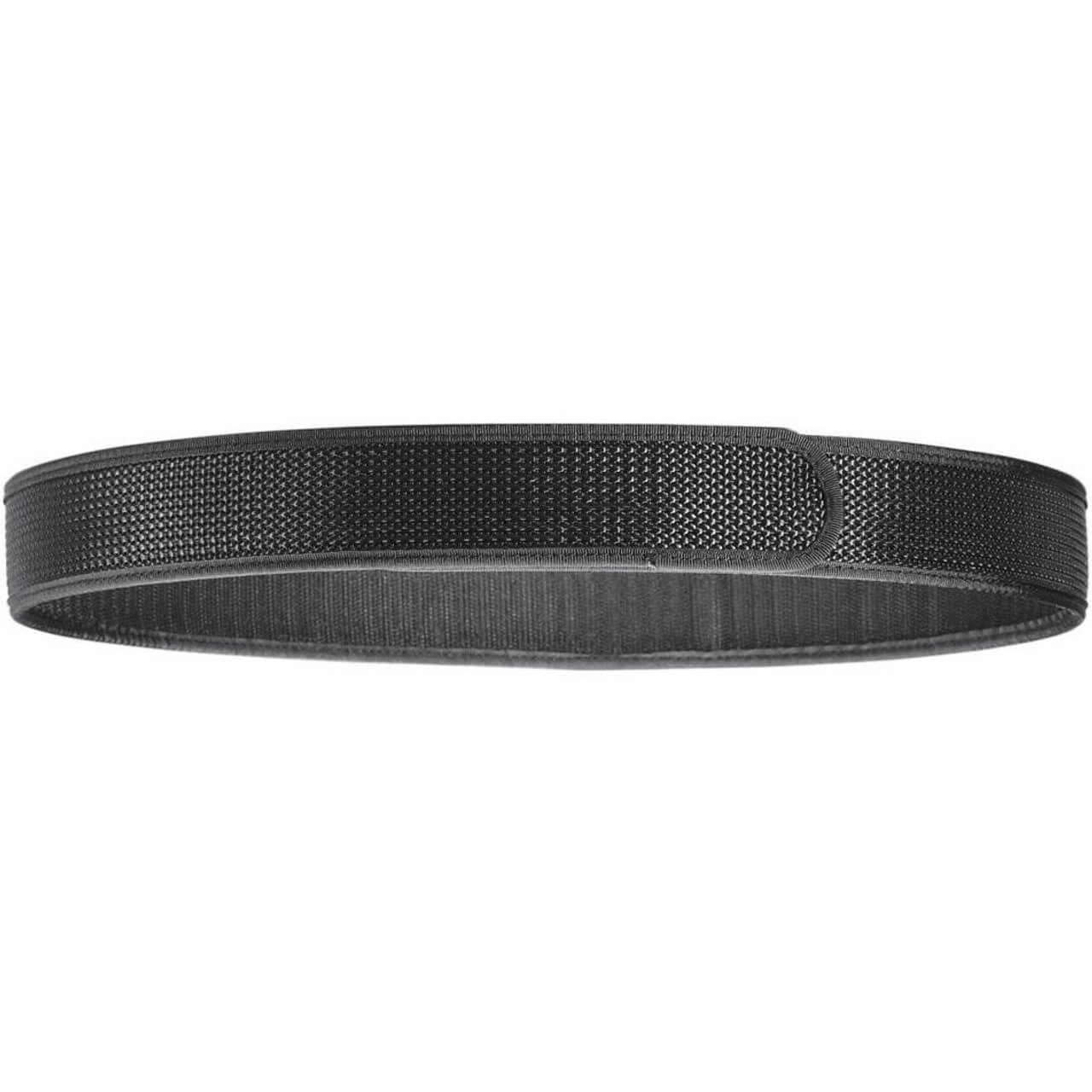
First and foremost, it is important to consider the specific requirements of your department or agency. Different departments and agencies may have different policies and regulations regarding the types of equipment that can be carried on a duty belt. It is essential to familiarize yourself with these policies and to choose equipment that is compliant with them.
Another important consideration is the specific needs of your role or assignment. For example, a patrol officer may require different equipment than a detective or a SWAT officer. It is important to choose equipment that is specifically designed for your role or assignment and that will help you perform your duties more effectively.
The weight and size of the equipment are other important factors to consider. A duty belt that is too heavy or bulky can cause strain on the officer's back and hips, leading to discomfort and injury. It is important to choose equipment that is lightweight and compact, while still providing the necessary functionality.
The durability and reliability of the equipment are also important. Law enforcement officers often work in demanding and challenging environments, so it is important to choose equipment that is built to withstand these conditions and that will hold up to regular use. This means looking for equipment that is made of high-quality materials and that has been tested for durability and reliability.
The ease of use and accessibility of the equipment is another important consideration. It is important to choose equipment that can be easily and quickly accessed in an emergency. This means looking for equipment that is ergonomically designed and that has intuitive controls and features.
Another consideration is the cost of the equipment. Law enforcement agencies and departments often have limited budgets, so it is important to choose equipment that provides the necessary functionality and features without breaking the bank.
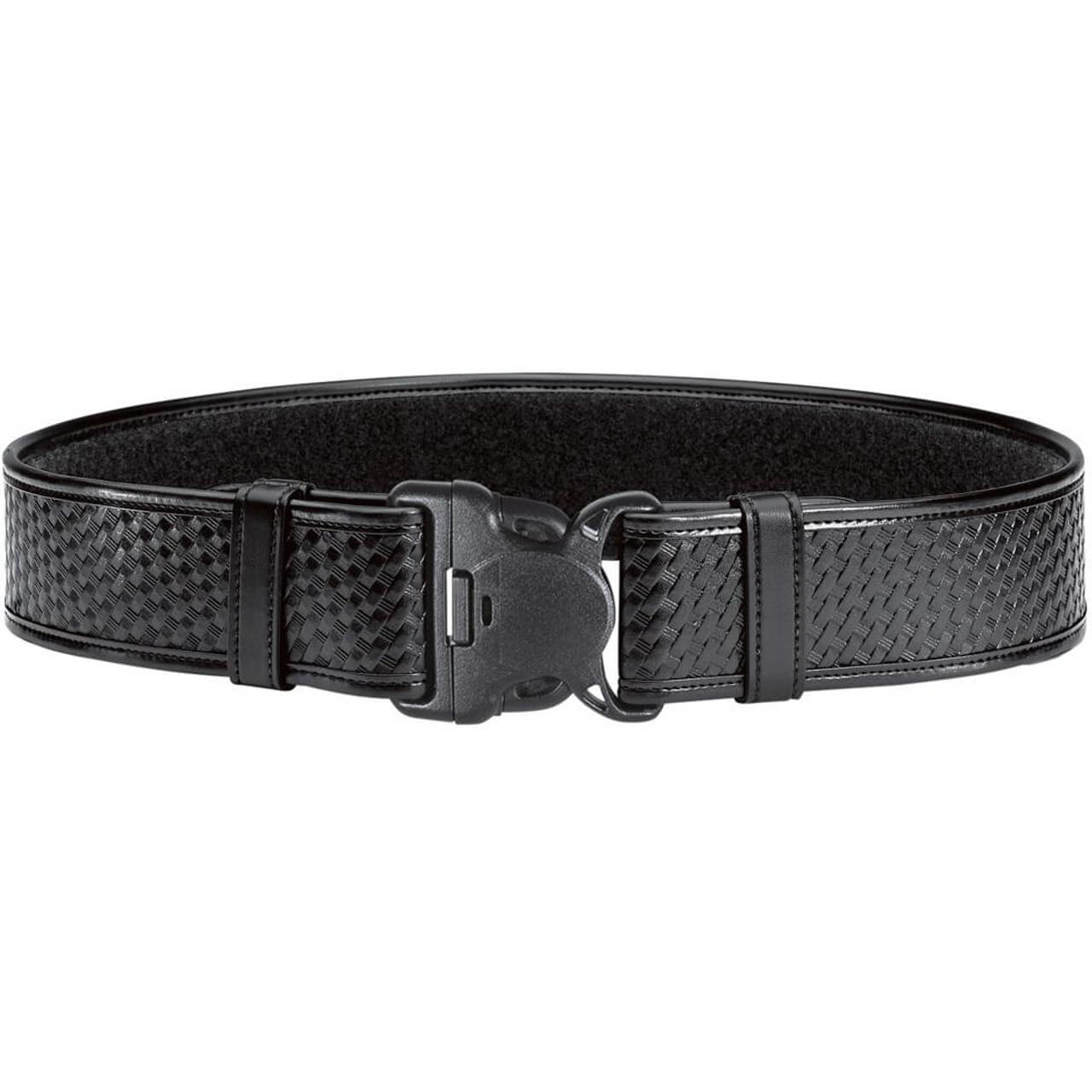
Finally, it is important to consider the after-sales service of the equipment. You should choose a supplier that has a good reputation for providing quality customer service and support.
In conclusion, choosing the right equipment for your duty belt and duty weapon is an important task for any law enforcement officer. By considering the specific requirements of your department or agency, the specific needs of your role or assignment, the weight and size of the equipment, the durability and reliability of the equipment, the ease of use and accessibility of the equipment, the cost of the equipment, and the after-sales service of the equipment, you can make the best choices for your needs and perform your duties more effectively and safely.
HOW TO POSITION YOUR BELT
When positioning your duty belt, it is important to keep in mind that the belt should be worn in a way that keeps your movements unrestricted and allows you to quickly and easily access your equipment in an emergency. This means that the duty belt should be worn on your hips, above your pants, and tight enough so that it does not shift around while you are on duty. The equipment should be arranged in a logical and easily accessible manner, with your firearm and other essential tools placed in positions that are quickly accessible. It is also important to keep in mind that the duty belt should not be worn too tightly or too loosely, to avoid discomfort or injury.
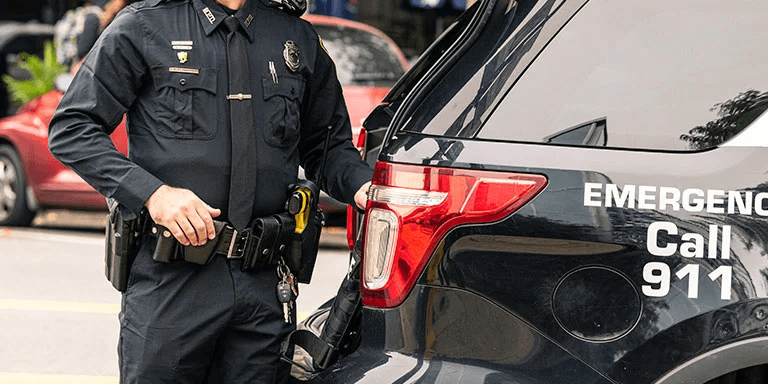
Belt Keeper System
In this way, an outer police officer's belt can be worn in place of an internal leather belt. It is secured by clips as well as Velcro and is simpler to remove and put on.
EXAMINE YOUR DUTY BELT
Testing out your duty belt setup is an essential step in ensuring that you have the right equipment for your needs and that your equipment is properly set up and adjusted. There are several things to keep in mind when testing out your duty belt, including the weight and balance of the belt, the proper placement, and accessibility of your equipment, and the overall fit and comfort of the belt, additionally, make sure that the key ring hook is attached tightly so it will not fall unknowingly.
First, it is important to make sure that the weight and balance of your duty belt are appropriate. A duty belt that is too heavy can cause strain on your back and hips, leading to discomfort and injury. It is important to distribute the weight of the belt evenly around your hips and to only carry the necessary equipment. This means that you may need to adjust the placement of your equipment or remove unnecessary items from the belt.
Next, you should test the accessibility of your equipment. This means making sure that you can quickly and easily access your firearm, handcuffs, pepper spray, flashlight, and other essential tools. The equipment should be placed in positions that are quickly accessible and that allow you to use your equipment with minimal movement or effort. It is also important to make sure that the retention systems on your equipment are adjusted properly and that your equipment is securely attached to the belt.
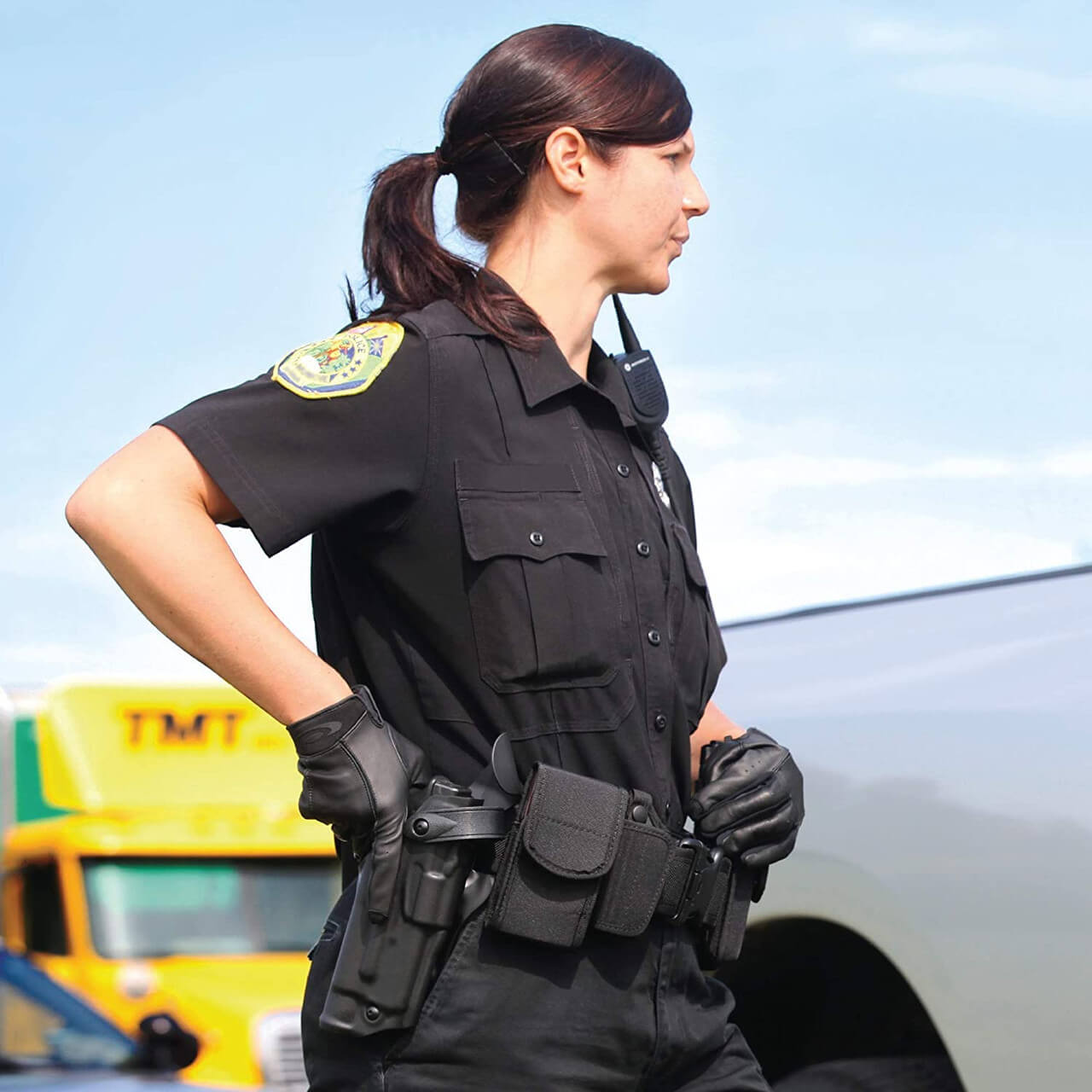
In addition to the weight and accessibility of your equipment, it is also important to consider the overall fit and comfort of your duty belt. A duty belt that is too tight or too loose can be uncomfortable and can restrict your movements especially if you're using this as a gun belt. It is important to make sure that the belt is adjusted to fit your body properly and that the belt is not too tight or too loose.
Another important step to testing your duty belt is to walk around and move your body in different ways to simulate the movement you would have during your duty. This will help you identify any issues with the belt and its equipment that may arise during your work and adjust accordingly.
Once you have tested out your duty belt, you should make any necessary adjustments and then test it again to ensure that everything is working properly. It is also a good idea to test your duty belt on a regular basis to make sure that everything is still working properly and to make any necessary adjustments.
WHAT IS DUTY GEAR
Duty gear is the items and accessories used by police officers, military personnel, or other members of the first response when in the field. It could include things like a duty belt and duty holsters, handcuffs, a flashlight, a baton, and pepper spray.
The equipment is designed to be practical and long-lasting and focuses on accessibility and use in high-stress circumstances. The equipment that is included in a duty gear arrangement can vary based on the particular task or agency.
POLICE OFFICER DUTY GEAR
A police officer duty belt is an item that law enforcement officers wear that carries different tools and equipment needed to perform their duties. It is typically comprised of items like a gun, pepper spray, handcuffs, batons, flashlights, and radio as officers carry.
It is generally constructed of tough materials like nylon or leather and is made to withstand the wear and tear of daily life. It is worn on the waist and is typically combined with a holster that can be used for the handgun. Certain duty belts can have additional pockets or holders for accessories, such as first aid kits or additional ammunition.
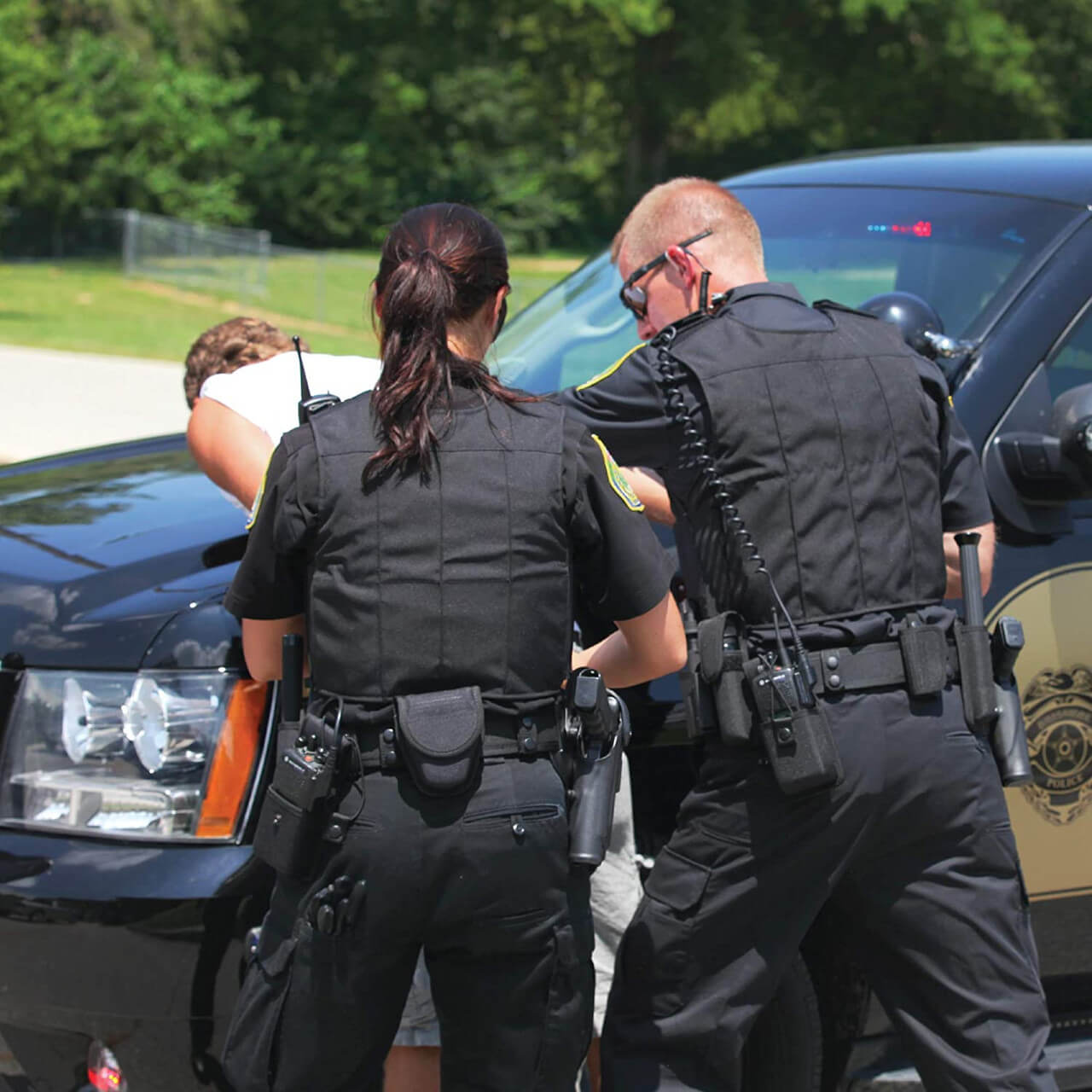
A well-equipped police force duty belt is an essential component of law enforcement gear. Explore our entire collection of the top police duty belts here.
